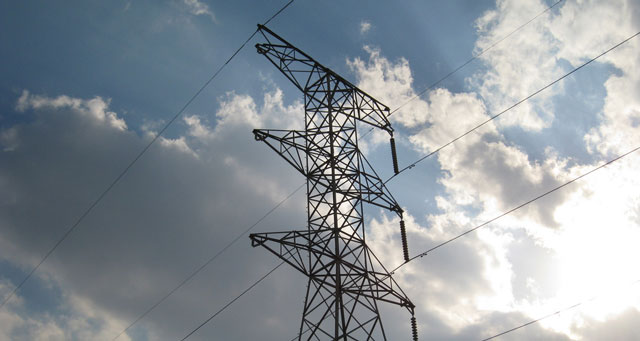
Economic models show it is better and fairer for tariffs — not taxes — to pay for electricity, the National Energy Regulator of South Africa (Nersa) heard on Tuesday.
If electricity was sold at the “right price”, it would be used more efficiently, so less would have to be invested in new generating capacity, Eskom CEO Brian Dames and chief financial officer Paul O’Flaherty said in a joint presentation at public hearings called by Nersa.
The energy regulator is currently holding public hearings on Eskom’s proposed revenue application multi-year price determination 2013/14, otherwise known as MYPD3.
Eskom has asked for a 16% increase in electricity prices each year for the next five years.
This would take the price of electricity from 61c/kWh in 2012/13 to 128c/kWh in 2017/18 — more than doubling the price over five years. The current multi-year price determination, MYPD2, ends on 31 March 2013.
In contrast to the MYPD1 and MYPD2, which both spanned three years, Eskom is now proposing a five-year determination for MYPD3 to ensure a predictable, longer-term price structure.
The two executives told the Nersa hearings the application supported investment by independent power producers and by Eskom.
An average annual increase of 13% was intended to meet Eskom’s needs over five years, plus three percent to introduce new independent power producers — a total of 16%/year.
The application was based on new capacity which Eskom was committed to build, up to the substantial completion of Kusile power station project.
“We have included a long-term price path to implement new capacity beyond Kusile, but this is not included in our revenue requirement for the five years,” they said.
Including new capacity build beyond Kusile would raise this to 20%/year over MYPD3.
A stable and secure supply of electricity was essential to support economic growth and development, now and into the future. Tariffs were the fairest and most efficient way to pay for electricity and ensure the industry invested in the infrastructure needed to deliver the electricity required.
Prices had to cover the full cost of producing electricity from existing and new assets — ensuring Eskom and the electricity industry were financially sustainable.
This had to be balanced with the impact of tariffs on the economy and poor households. Eskom had looked hard at its costs and committed to R30bn in savings in operating costs over the five years.
Current electricity prices did not cover the full costs of supplying electricity, and the application continued the move to cost-reflective tariffs. “We recognise the impact of tariff increases on the economy and households, especially small business and the poor.”
The application sought the right balance for the country — a five-year price path to smooth the impact and provide certainty.
Eskom’s proposal simplified residential tariffs for Eskom customers and protected the poor with lower than average increases.
If approved by Nersa, the inclining block rate tariff (IBT) would be removed for the majority of customers and specifically for the poor.
Homelight 20A customers (a tariff for prepaid customers who used very little electricity) would be charged the same rate, irrespective of usage. Homelight 60A customers (for prepaid customers with low to medium usage of electricity) would be charged at only two different block rates, instead of the current four block rates in IBT.
Homepower customers (high users of electricity) who received a monthly bill would pay a tariff with a fixed charge rate for networks, plus a single energy rate for energy.
Poor customers would continue to receive free basic electricity of 50kWh per household per month. “We propose protection for the poor, through a tariff structure with transparent cross-subsidies. Economic policy should set out protection for specific economic sectors,” they said. — Sapa




